MEDINA, Ohio – Famed author, artist, and rail historian Alvin F. Staufer died Oct. 30 in Medina. He was 88. Staufer is best known for his seminal works on the steam power of the New York Central System and Pennsylvania Railroad. Trains Editor David P. Morgan was so impressed with Pennsy Power, which Staufer co-authored […]
“Google Doodle” honors industrial designer Raymond Loewy NEWSWIRE
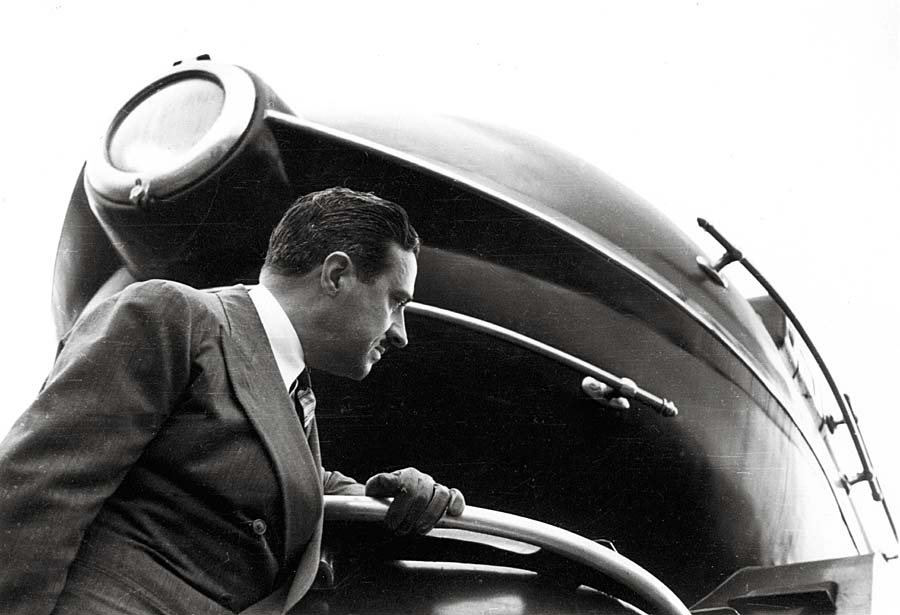
Loewy with a Pennsylvania Railroad S-1 class 6-4-4-6. Hagley Museum & Library A publiclity photo purporting to show the new ‘Broadway Limited’ includes K-4s No. 3768 and a solid train of lightweight cars. Pennsylvania Railroad GG1 No. 4905, designed by Loewy, at North Philadelphia. Krambles-Peterson Archive MOUNTAIN VIEW, Calif. – Internet giant Google has created […]
The envy of all
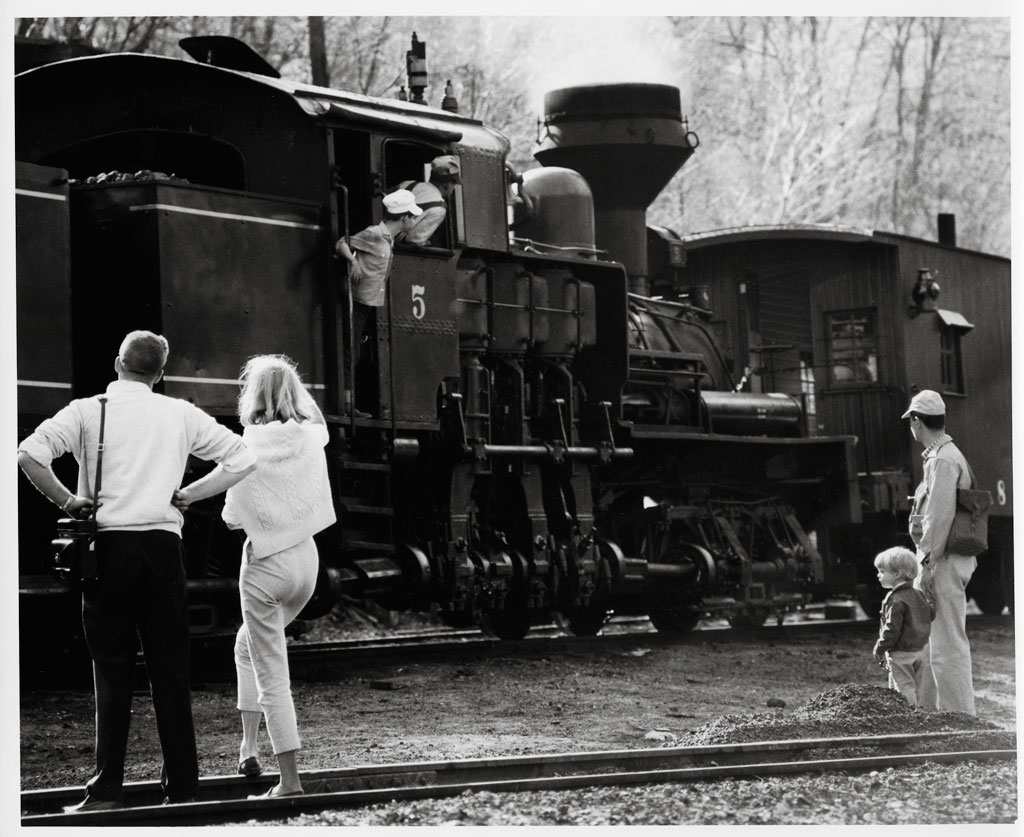
Visitors to the Cass Scenic Railroad in the early 1970s watch Shay No. 5 switch in the yard. Check out more Cass and West Virginia coverage in the August 2013 issue of Trains magazine. Photo by J.J. Young Jr. […]
Stalking Coaling Towers in Maine
FULL SCREEN David Kahler To my delight I found not one, but two concrete coaling towers straddling the BAR rail yard. Originally the towers were connected with an overhead conveyer for coal. The left tower was primary and supplied coal for BAR freight locomotives while the right tower provided coal for the Maine Central passenger […]
Diesel under wire
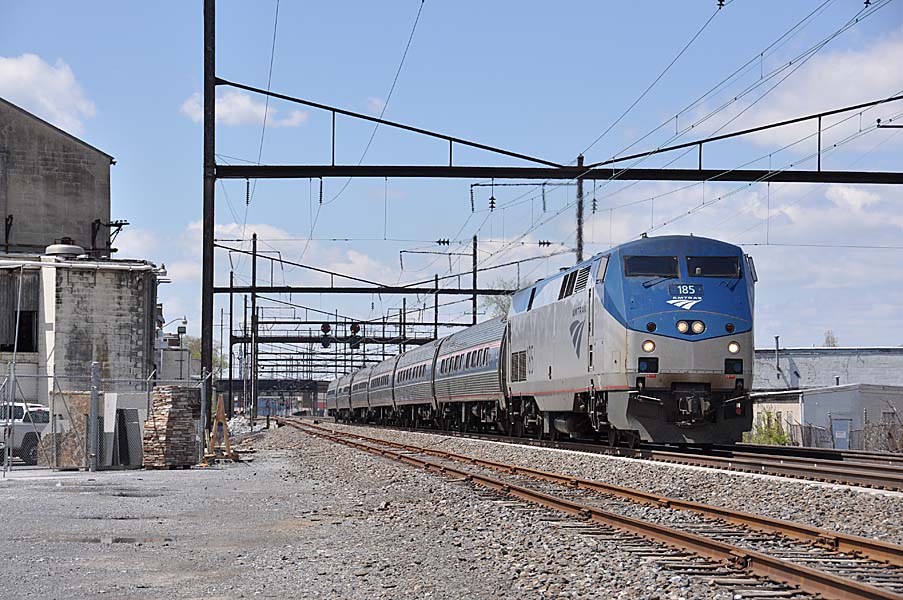
Amtrak P42 No. 185 leads the Pennsylvanian through Lancaster, Pa., on April 21, 2013. Photo by Michael T. Burkhart […]
Alaska Railroad names O’Leary President and CEO NEWSWIRE
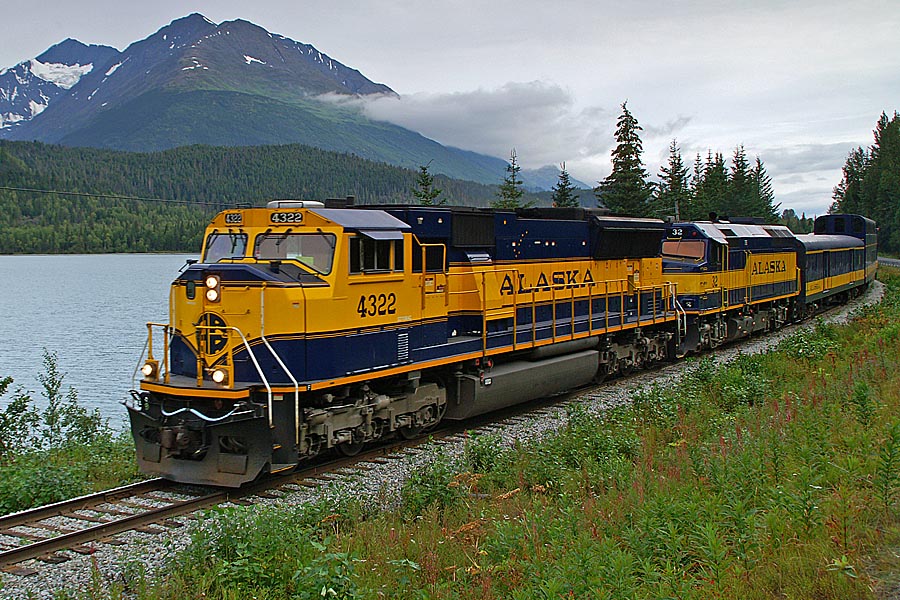
Frank Keller ANCHORAGE, Alaska – The Alaska Railroad has named Bill O’Leary President and CEO, succeeding Chris Aadnesen. O’Leary will start in his new position on Nov. 1. O’Leary joined the Alaska Railroad in 2001 as vice president and chief financial officer. He was promoted to chief operating officer in March, and also served as […]
Fitchburg Line on the eve of change
One of Boston’s oldest historic lines, Massachusetts Bay Transportation Authority’s Fitchburg/South Acton Line between Boston and Fitchburg (built in 1845) is undergoing some major changes, with new station facilities, more double track, new equipment, and a 5-mile extension of service to Wachusett. Trains magazine brings you all the details in its December 2013 issue. Photographer […]
Norfolk Southern’s Rat Hole
Join us for an interview with two experts on the tunnel district of the Southern Railway line between Cincinnati and Chattanooga, Tenn. Learn more about the abandoned tunnels in the woods of Kentucky. Find out just how difficult it is to see these relics of the steam era. […]
Association of Tourist Railroads & Railway Museums presents first awards NEWSWIRE
RIVERSIDE, Calif. – At its annual conference in Riverside on Oct. 19, the Association of Tourist Railroads & Railway Museums presented its first annual awards. The Significant Achievement Award went to the Fraser Valley Heritage Railway Society in Cloverdale, British Columbia. In the past year the Society built and relocated to a new carbarn, completed […]
Trains, October 2013
[…]
Drew’s Trackside Adventures, Episode 9 – Tower A2 in Chicago
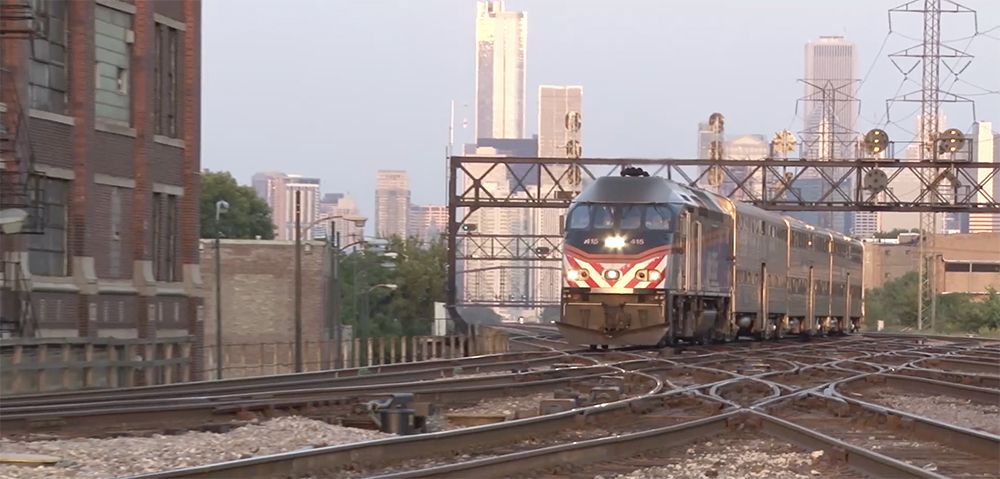
In part 2 of Drew’s trip to Chicago, he visits two towers along Metra’s former Milwaukee Road lines – A5 and A2. In this video, Drew gives you a close-up look inside the towers, and you get to meet the people who run these busy railroad junction points. […]
A minor adjustment, please
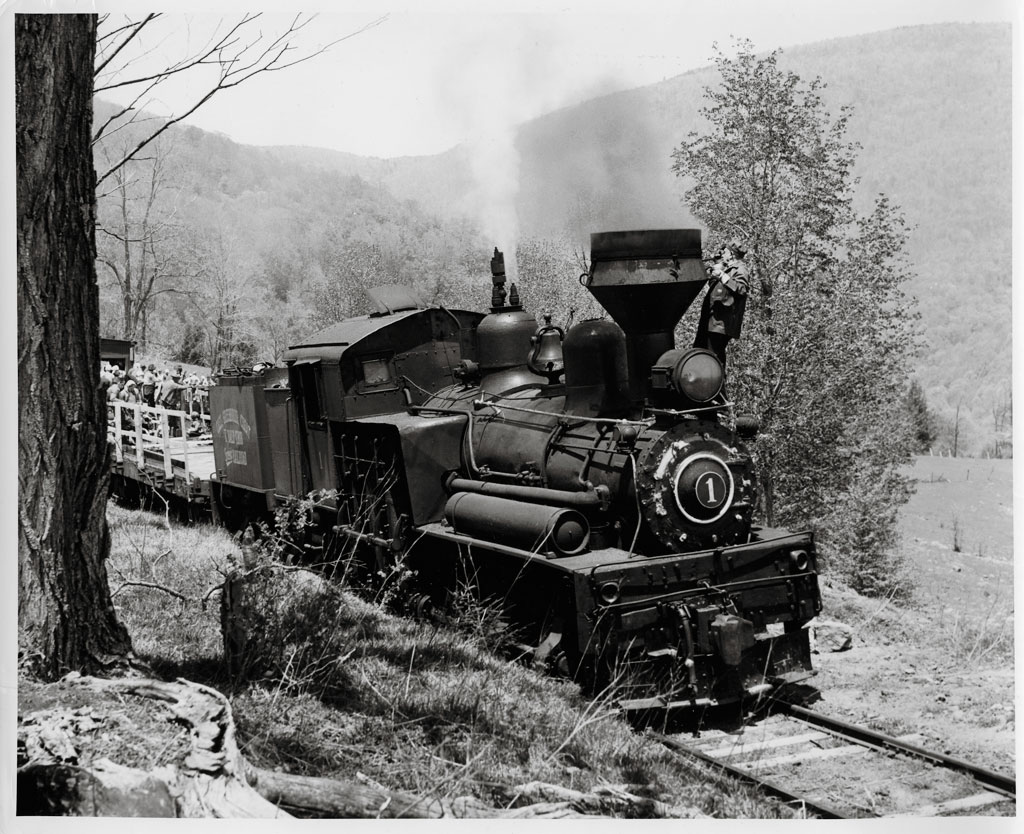
On May 29, 1961, engineer Walter Good tightens the spark arrestor on Cass Shay No. 1 after the engine started a brush fire. The railroad was in transition at the time from logging railroad to tourist attraction. Check out more Cass and West Virginia coverage in the August 2013 issue of Trains magazine. Photo by John P. Killoran […]
